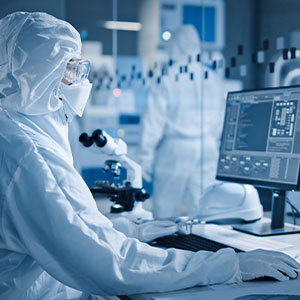Introduction to Viable Air Sampling
Viable Environmental Monitoring Regulations related to viable air sampling play a pivotal role in shaping contamination control strategies in pharmaceutical manufacturing. The dynamic interplay of these regulations, both direct and indirect, is crucial for ensuring the safety and efficacy of drug products. With the advent of modern manufacturing concepts and the evolution of industry standards, the adoption of viable air monitoring becomes imperative to align with the latest regulatory trends.
Significance of Viable Air Sampling
Viable air monitoring occupies a pivotal role within the realm of environmental monitoring in pharmaceutical manufacturing. Moreover, the absence of microbial contamination is deemed a critical quality attribute, given its potential to significantly impact the safety and efficacy of drug products. Despite the longstanding presence of common viable air monitoring methodologies, it is well-documented that traditional methods lack the requisite sensitivity. Singular results merely serve as an indicator of cleanroom status, often failing to establish a direct correlation between the number of organisms detected and the associated risks of product contamination (Saghee et al., 2011).
Regulation Overview
This paper provides an exploration of viable air sampling regulations, offering insights into various aspects crucial for a robust contamination control strategy. The following key areas are covered:
- Regulation and Settle Plates.
- Regulation and Alternative Methods
- EU GMP Annex 1 Update
- Cleanroom Classification and Qualification
- Annex 1 and Microbial Impurities
- Annex 1 and Viable Sampling Methods
- Annex 1 and Sampling Frequency
- Monitoring Plan Criteria
- Frequency of Monitoring
- Location Performance
The paper linked below goes further into depth in environmental monitoring regulations concerning viable air monitoring; which is a crucial part of an environmental monitoring program in pharmaceutical manufacturing.
Want to learn more?
